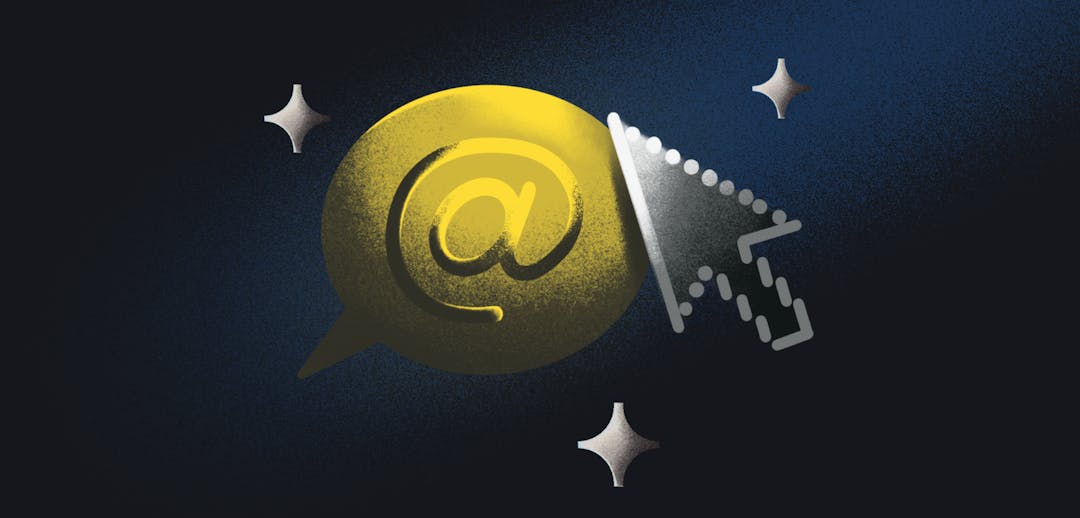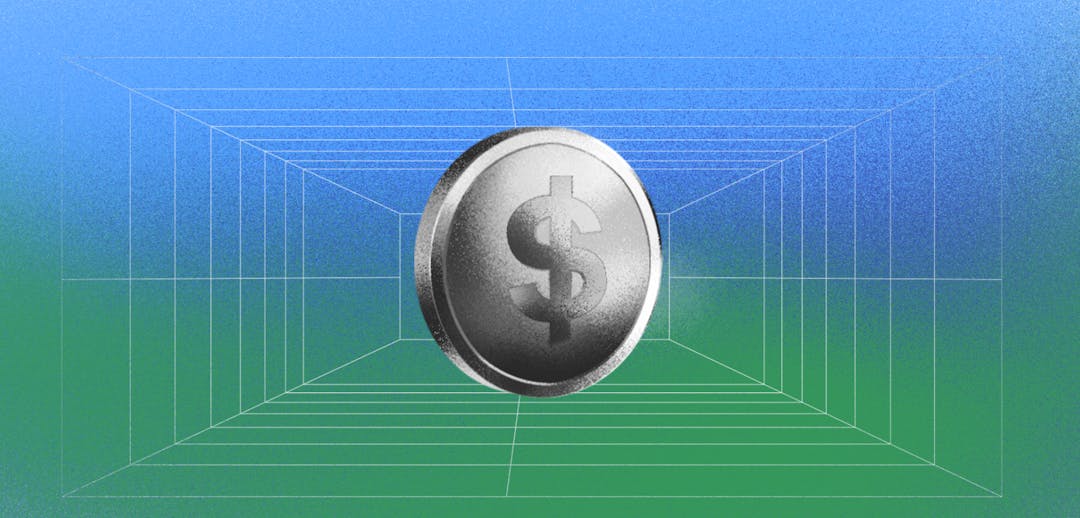Discussions on organizational success are often centered on improving value proposition as well as marketing and branding. Albeit these are crucial factors, more things come into play. Key among them is pricing, which is at times, the make or break element.
This is why price optimization has become a popular feature in many corporations. Savvy price managers utilize price optimization to generate more sales at the highest price possible. As a result, companies can capitalize on better margins while increasing sales volumes.
However, price optimization is not just about raising prices but finding the optimum price you can charge without compromising sales. When making a purchase, a consumer desires to get maximum value. As such, the product they get should be of equal or lower value than the price they pay. If your products are overpriced, achieving optimal sales volumes will be near impossible.
Are you considering increasing the prices of your products and services? This could be a great way to increase profitability. However, you must Price Intelligently as overpricing will have the opposite effect. In some cases, it is possible to overprice products and services and still achieve maximum sales volumes.
Read on to learn more about overpricing, the dangers it poses, and when it's okay.
What is overpricing?
Overpricing is the act of setting a higher price than the value of a product or services. From an entrepreneurial standpoint, overpricing means setting a price that's higher than what the market is willing to pay. In most cases, overpricing goes hand in hand with low sales volumes, and so it is not a commonly recommended pricing strategy.
3 dangers of overpricing
Pricing plays a crucial role in the overall success of a business. Whereas the thought of higher margins may be appealing, overpricing can have catastrophic effects on a brand. Here are some of the risks you face by overpricing your products:
Customers unwilling to pay
First things first, underpricing your products does not guarantee that products will sell more. It is arguably worse than overpricing as customers will consider your products as low quality. Also, no business emerges victorious in a race to the bottom price competition.
Therefore, when it comes to pricing, you are better off going up than down. In fact, data shows that if excellent products are accompanied by great customer experience. However, you should be careful not to charge too high as it will turn potential buyers away.
If you want to charge higher prices, focus on branding and adding, making the purchasing journey more enjoyable. In addition to your services' value, your customers will also be willing to pay for the experience.
Longer sales cycle
The process through which companies go to generate a sale from a customer is referred to as a sales cycle. Depending on the company and the type of products in question, sales cycles can vary in process and duration. The length of the sales cycle is crucial to the success of a business. This is because it determines how soon your company can earn from potential clients and move on to the next sale.
When your products are overpriced, customers will take more time to decide whether to purchase or move on to other brands. Even if they end up buying from you, the net effect of a longer sales cycle is likely to outweigh the benefits of the higher margin.
Though shorter sales cycles are usually better, shortening it too much may also not be ideal in the long run, especially for B2B companies. This is because the sales cycle is an opportunity to forge strong and lasting relationships with clients.
Competitive disadvantage
Over the years, the business landscape has evolved greatly, making it more competitive. As such, markets have become consumer-driven as various sectors have multiple players competing for the same audience.
Suppose the choice between your products and those offered by competitors comes down to price. Overpricing will give your competitors the edge, thus limiting your sales.
3 Situations where you can get away with overpricing
The price point at which customers are willing to pay for a product is not solely dependent on its actual value. Your customers' perceived value is an essential component. Fortunately, perceived value can be molded, thus allowing you to overprice products without compromising sales volumes.
Valuable brands
When a startup charges high prices for products it will be impossible to justify that value to the consumer. However, a company that has been around for a long time and is famous for its high-quality products and services can overprice and still generate sales.
This is where the power of branding comes in. Over time, businesses build a reputation that molds how they're perceived in the market. If your brand is associated with prestige and class, you can get away with overpricing as people will be willing to pay significantly more. This is because they're not just buying the product but also what your brand represents.
The best examples of such brands include phone manufacturer iPhone and fashion label Chanel. However, as you work toward building such a brand, ensure that matches your ambition as it can affect your pricing ability.
Situational sales
In some industries, there are situations that give companies the perfect platform to increase margins. Such situations are normally characterized by a higher than normal demand for something that will only be available at a particular location and limited time.
The best examples of this occurs in movie theatres, sports stadiums, and airports. When a blockbuster movie is released, theatres can charge higher prices for tickets as people are often lined up to watch it. It's the same case with sports finals, notorious for overpricing.
Selling luxury items to a target audience
Selling a product aimed at mass markets above market price is a sure way of condemning it to failure. However, if you take a luxury product such as a diamond or a sports car and target an affluent audience, you can get away with overpricing.
In fact, for such an audience, the price often determines value. If your products are in a higher price range, they'll be perceived to be of greater value, thus allowing you to earn much better margins.
Pricing strategies to use so that you don't overprice
There are many factors to consider when choosing the right price for your products and services. These include the value of the products, target audience, and brand power, among others. By using the following pricing strategies, you can avoid overpricing your products.
Value-based pricing
Also known as customer-based pricing, is a strategy that involves using consumers' perceived value to determine the price. With this approach, an outward look is used as opposed to deciding within the company or focusing a lot on competitor prices.
Customer-based pricing is ideal for companies that offer unique or high-value products and services than those that offer commoditized items.
Cost-plus pricing
Cost-plus pricing is arguably the simplest and most common pricing strategy. It involves adding a desirable margin to the cost of manufacturing products. Such costs include direct material, labor, and overhead costs. Once the costs have been tallied, the markup, which is a percentage of this cost, is then added to get the final price.
Competitor-based pricing
When using competitor-based pricing, the price of your products is determined by the price of competing products. As such, it involves drawing information from the market and based on the current market trends, as opposed to adding a markup to the cost of production or assessing perceived value.
Though you can set the price above or below what competitors are selling, there will be implications. With overpricing, there will be better margins, but you might end up selling fewer units. If you go for the price reduction to set the price below competitors, you might end up selling more units but at a lower margin.
The good thing with competitor-based pricing, you do not need to perform complex computations or assessments to arrive at a suitable price.
Use the industry leader on accurate pricing
Each sector has one or two companies that set the pace. Such players often invest a lot in understanding the market conditions to ensure products are desirable and at ideal prices. Regardless of the pricing strategy you employ, it is always important to compare your prices with what industry leaders are charging. If your prices are far off from theirs, there are high chances you may be missing crucial industry insight.
Stay ahead of the pack
Intelligent pricing is invaluable in modern-day business. It can give you a competitive advantage and allow your company to earn better margins with the same sales volume. However, to avoid the dangers that can come with overpricing, many factors must be taken into account.
Here at ProfitWell we help businesses Price Intelligently to unlock 30% more growth. Get in touch with us today to start growing.
Overpricing FAQs
Is overpricing illegal?
The majority of states have implemented laws that make overpricing during a state of emergency illegal. These laws are intended to protect consumers by preventing businesses from overpricing their products or services (also known as price gouging).



